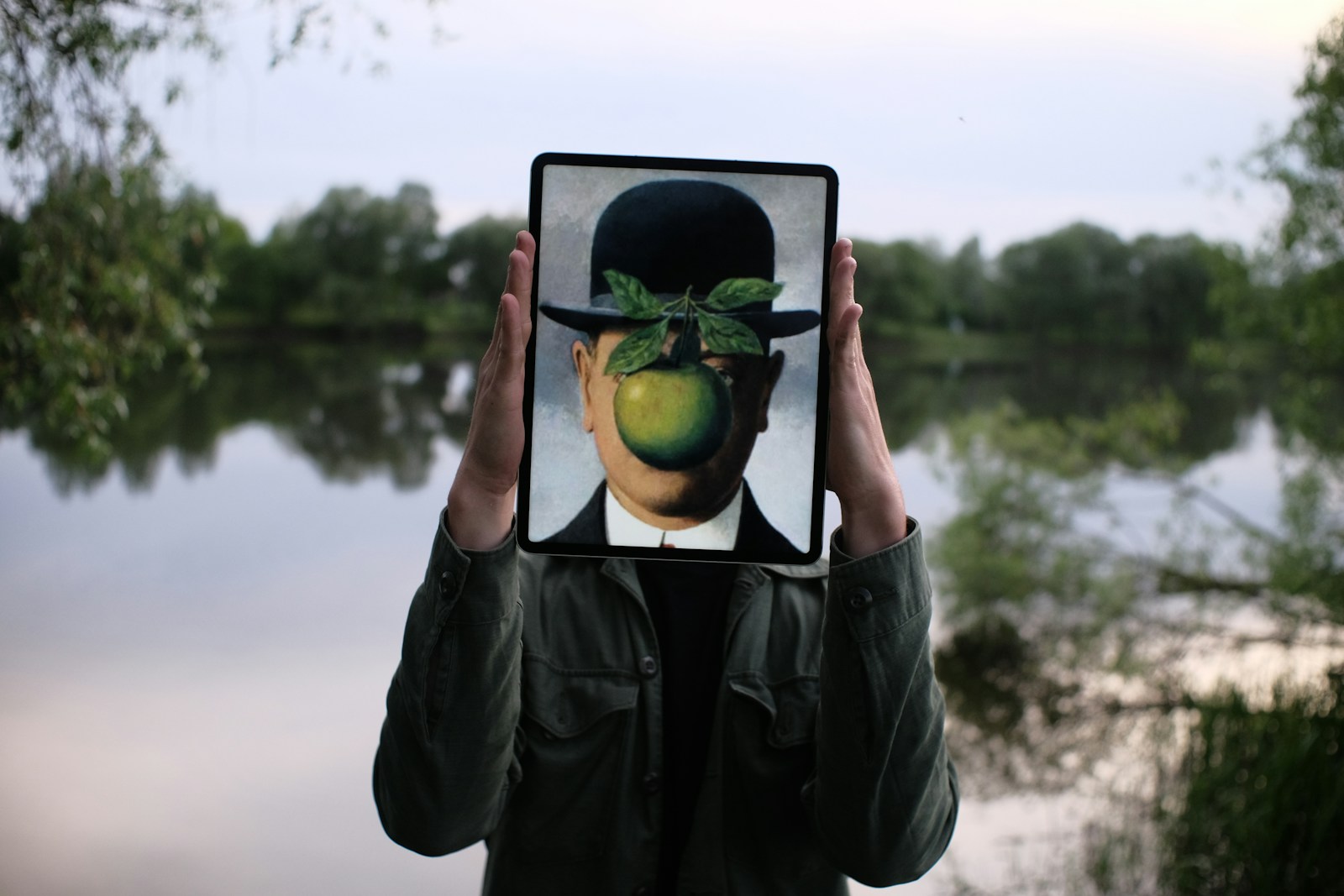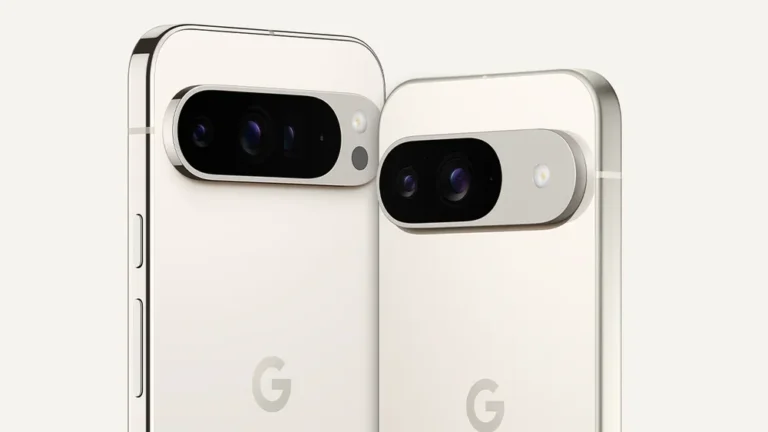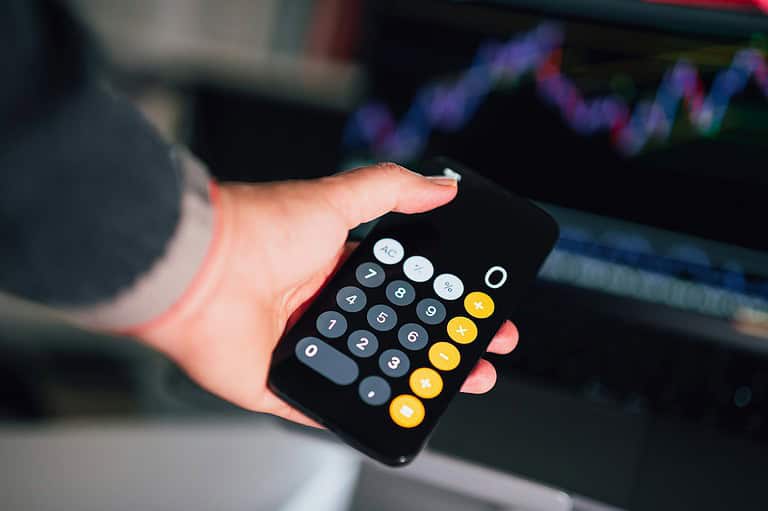
Deepfakes have become increasingly sophisticated in 2026, making it harder to tell what’s real and what’s fake online. You need reliable tools to protect yourself from this growing threat as deepfake technology becomes more accessible to everyday users. The best deepfake detection software can help identify manipulated content before it causes harm.
The technology behind deepfakes continues to evolve rapidly, with AI-powered tools now capable of creating convincing fake videos in minutes. As these capabilities spread, understanding which deepfake detection solutions offer the strongest protection becomes crucial for both individuals and organizations concerned about digital security and misinformation.
1: Sensity AI: Comprehensive Deepfake Detection
Sensity AI offers the best deepfake detection software currently available in the marketplace. Their platform uses an all-in-one approach that makes it easier for you to identify manipulated media across various formats.
The technology works through a multilayer detection system that examines pixels, file structures, and voice patterns. This comprehensive assessment helps you identify sophisticated fake content with high accuracy.
You can use Sensity AI to detect deepfakes in videos, images, and audio files. This versatility is crucial as manipulated content becomes more common and harder to spot with the naked eye.
For organizations in the defense sector, Sensity provides specialized detection capabilities designed to neutralize potential threats. These tools help you safeguard against disinformation campaigns and protect sensitive information.
The platform is particularly valuable for security professionals who need to enhance their verification processes. As deepfakes become more convincing, having reliable detection tools becomes essential for your security protocols.
Sensity AI continuously updates its algorithms to stay ahead of new deepfake techniques. This means you’re always equipped with the latest detection methods as manipulation technologies evolve.
When you need to test system vulnerabilities, Sensity’s parent company also offers the Deepfake Offensive Toolkit. This tool helps you understand potential weaknesses in your security systems by creating controllable deepfakes for testing purposes.
2: FakeCatcher: Detect Deepfakes by Pulse Analysis
FakeCatcher stands out as an innovative tool in the fight against deepfakes. Developed through collaboration between Binghamton University researchers and Intel, this technology offers a unique approach to detecting synthetic videos.
Unlike other detection methods, FakeCatcher doesn’t focus on image inconsistencies. Instead, it monitors subtle bloodflow data in human faces appearing in videos. Real humans have natural blood circulation that creates almost imperceptible color changes in your skin – something deepfakes typically lack.
The technology works remarkably fast, with Intel’s version able to flag deepfakes in milliseconds with an impressive 96% accuracy rate. This real-time detection capability makes it particularly valuable for platforms dealing with large volumes of video content.
Testing has shown FakeCatcher can identify synthetic videos more than 90 percent of the time. This high success rate places it among the most reliable detection systems currently available to you.
You might also encounter a voice-focused version called Pindrop Pulse, which can identify synthetic voices in just two seconds with 99% accuracy. This makes it valuable for protecting against both visual and audio deepfakes.
For businesses concerned about reputation damage from deepfakes, FakeCatcher provides protection against potential cyber, reputation, and financial threats through its quick and accurate analysis capabilities.
3: Deeptrace: Pioneering Deepfake Security Solutions
DeepTrace Technologies stands at the forefront of fighting digital deception with its innovative AI security solutions. Their technology specifically targets the growing threat of deepfakes by analyzing patterns that humans might miss.
You can rely on Deeptrace’s advanced algorithms that examine visual inconsistencies, audio anomalies, and behavioral patterns to identify synthetic media. Their systems work in real-time, giving you immediate alerts when deepfakes are detected.
What makes Deeptrace unique is their comprehensive approach to the deepfake problem. They don’t just detect the fakes—they help you understand how they were created and potential vulnerabilities in your security systems.
For businesses, Deeptrace offers custom solutions that protect your brand identity and executive images. You can integrate their API directly into your existing security infrastructure with minimal disruption.
Their research team constantly updates detection models to stay ahead of new deepfake creation methods. This means you’re protected against even the most recent synthetic media technologies.
Deeptrace also provides educational resources to help your team recognize potential deepfake threats. Their training programs can be essential as deepfake technologies become more sophisticated.
As part of a complete security strategy, Deeptrace works well alongside other deepfake detection tools to give you multi-layered protection against digital impersonation attacks.
4: Deepfake Studio: Popular Deepfake Creation App
Deepfake Studio is a mobile application available on Google Play that allows you to create AI-generated images and videos. This app specifically focuses on optimizing faces, making it useful for deepfake creation.
With Deepfake Studio, you can create datasets to use with AI models that train and generate images and videos. The app helps you organize facial data that can be used with various deepfake algorithms.
The current version of Deepfake Studio emphasizes face optimization, which is crucial for creating realistic deepfake content. This makes it popular among both beginners and intermediate users.
Unlike some complex deepfake software, Deepfake Studio offers a more accessible mobile interface. However, similar to other tools like DeepFaceLab, there’s no “make everything ok” button – you’ll need to spend time learning the workflow.
The app collects and shares certain types of data. You can review the data safety information provided by the developer to understand what information the app may collect and how it’s used.
As with all deepfake tools, remember to use Deepfake Studio responsibly. Creating deepfakes without proper disclosure or for misleading purposes can have serious ethical and potentially legal consequences.
When exploring deepfake creation in 2025, Deepfake Studio represents one of the more accessible options available on mobile devices compared to more complex desktop alternatives.
5: AU10TIX: AI-Powered Fraud Detection
AU10TIX stands out as a leader in the fight against deepfakes with their advanced AI-powered detection systems. Their technology uses multi-layered detection methods that analyze traffic patterns to prevent sophisticated fraud attempts.
What makes AU10TIX unique is their consortium validation network of over 60 trusted users who work together to identify threats. This collaborative approach helps you stay ahead of emerging deepfake techniques that might fool less sophisticated systems.
The company’s mature neural networks have been developed specifically to combat synthetic identity fraud and deepfakes. You’ll find their forensic-grade technology particularly effective at spotting even the most convincing fake content.
Recent findings from AU10TIX are concerning. Their Q3 2024 Global Identity Fraud Report revealed a spike in bot attacks combined with deepfake content attempting to create fake social media accounts.
You can rely on AU10TIX’s detection tools to identify fraudulent content with impressive accuracy. Their focus on efficiency means you won’t face lengthy delays while verifying authenticity.
The company describes itself as an identity intelligence leader on a mission to eliminate fraud and create a more secure digital environment. When you need to verify faces or documents, their AI technology offers you protection against increasingly sophisticated deepfake attacks.
6: FaceSwap Live: Real-Time Face Replace Technology
FaceSwap Live offers you an exciting way to swap faces with friends or photos in real-time. This app lets you create videos or photos where you can switch faces with celebrities, friends, or any image you choose.
With Face Swap Live, you get instant results without waiting for processing. The technology works directly on your device, allowing you to see the face swap happen as you record.
You might find this tool particularly useful for creating fun social media content. The real-time capability means you can experiment with different faces and see the results immediately.
For more advanced needs, tools like Deep Live Cam build on similar technology. These platforms enable real-time face replacement using just a single photo as reference.
The technology behind these apps continues to improve. Modern face swapping tools now provide more realistic results with better alignment and color matching than earlier versions.
You should know that these tools typically work best in good lighting conditions. For optimal results, use clear face images and try to maintain a similar head position as the target photo.
Most face swap applications are designed to be user-friendly. You don’t need technical expertise to create impressive face swaps that will entertain your friends or followers.
7: Deepgram: AI-Powered Deepfake Generation
Deepgram offers various AI tools related to deepfake technology. One notable option is Deepfakesweb, a cloud-based platform that uses artificial intelligence to swap faces in videos.
With Deepfakesweb, you can create convincing face swaps without needing technical expertise. The system handles the complex AI work behind the scenes, making it accessible even if you’re new to deepfake creation.
The platform operates in the cloud, which means you don’t need powerful hardware to generate your deepfakes. This makes it more accessible than some alternatives that require high-end graphics cards.
While creating deepfakes, you should be aware of the ethical implications. Deepgram also provides deepfake detection tools like Reality Defender and Bladerunner that help identify AI-manipulated content.
For those concerned about identifying fake content, DeepDetector uses advanced deep learning to analyze faces and detect manipulations with 93% accuracy. This shows Deepgram’s commitment to responsible AI use.
Deepgram’s suite extends beyond just face swapping. They offer various image generation tools that complement their deepfake technology, giving you more options for content creation.
When using these tools, remember to follow legal guidelines and ethical standards. The technology is powerful but comes with responsibilities regarding consent and potential misuse.
8: D-ID: Protecting Videos with AI Innovations
D-ID has emerged as a leading company in the deepfake technology space. They’ve developed advanced AI tools that can create realistic digital avatars from photos or videos. Their technology is widely recognized as one of the best solutions for AI-generated video creation.
What makes D-ID stand out is their focus on both creation and protection. While they provide powerful tools for making AI videos, they also emphasize responsible use of deepfake technology.
You can use D-ID’s Creative Reality™ Studio to produce stunning videos featuring digital people. This platform offers a robust set of generative AI tools that businesses and creators find valuable for content production.
The applications of D-ID’s technology span multiple industries. In entertainment and media, you can create digital avatars, realistic fictional characters, and deepfake videos for movies, games, and advertising.
D-ID’s conversational AI technology takes video content to a new level. You can develop interactive experiences where digital humans respond naturally to user input.
Companies looking to enhance their video marketing can benefit from D-ID’s innovations. Their AI-powered animation allows you to transform static images into engaging video content.
As deepfake technology becomes more mainstream, D-ID positions itself as a responsible leader in the field. You get access to cutting-edge AI video tools while supporting a company that acknowledges the importance of ethical considerations in this rapidly evolving technology.
9: Reface: User-Friendly Face Swap App
Reface stands out as one of the most user-friendly face swap apps available today. This powerful tool lets you swap faces in videos and GIFs with just a single selfie. The process is quick and intuitive, making it perfect for beginners.
When you download Reface, you’ll gain access to advanced face swap technology that uses AI to create realistic results. The app works on both Android and iOS devices, so you can enjoy the experience regardless of your phone type.
Beyond basic face swapping, Reface offers additional creative features. You can generate AI pictures, create future baby images, and even turn your photos into cartoons. These options make it a versatile choice for digital content creation.
The AI photo generator within Reface helps you create custom headshots and other professional-looking images. This feature is particularly useful if you need profile pictures or want to experiment with different looks.
You’ll find the interface straightforward to navigate. Even if you have no prior experience with photo editing software, you can produce impressive results within minutes. The app guides you through each step of the process.
Reface continues to update its features regularly, ensuring you always have access to the latest AI face swap technology. This commitment to improvement keeps the app relevant in the fast-changing world of deepfake applications.
10: Zao: Viral Chinese Deepfake App
Zao burst onto the scene in 2019 as one of the most impressive deepfake applications ever created. This Chinese app allowed users to swap faces with celebrities in videos within seconds, creating stunningly realistic results.
What made Zao stand out was its accessibility and speed. You could upload a single selfie and the app would generate a deepfake video in under 8 seconds. Users could insert themselves into famous movie scenes, replacing actors like Leonardo DiCaprio with their own faces.
The quality of these deepfakes was remarkable for a mobile app. Many users described it as the best application of deepfake-style AI facial replacement they had ever seen.
Despite its popularity, Zao quickly faced significant backlash. The app sparked serious privacy concerns among users and regulators. Its user agreement initially gave the company extensive rights to use all user-generated content.
The controversy highlighted the potential risks of deepfake technology. Critics worried about how your facial data might be used for identity theft or fraud.
Zao’s viral rise and subsequent privacy scandal demonstrates how deepfake technology continues to advance rapidly, while regulations and safeguards struggle to keep pace with these developments.
Understanding Deepfakes
Deepfakes represent one of the most significant developments in digital media manipulation technology. They can create convincing but entirely artificial videos and images that appear to show real people saying or doing things they never actually did.
Definition and History
A deepfake is synthetic media where a person in an image or video is swapped with another person’s likeness using artificial intelligence. The term combines “deep learning” and “fake,” highlighting the AI technology behind these creations.
Deepfakes first emerged prominently around 2017, originating from a Reddit user who shared AI-generated videos. Initially, these early examples were crude but quickly evolved as the technology improved.
The technology has roots in academic research on neural networks but gained public attention when it became accessible to non-experts. Today, deepfakes can be used for entertainment and research, but they also raise serious concerns about misinformation.
How Deepfakes Are Created
Deepfakes are created using sophisticated AI systems called deep neural networks, particularly Generative Adversarial Networks (GANs). These systems analyze thousands of images of a target person to learn their facial expressions and movements.
The process involves two competing AI components:
- A generator that creates fake images
- A discriminator that tries to identify if the images are real or fake
Through this competition, the system progressively improves at creating convincing fakes. The more source material available, the more realistic the results become.
Modern deepfake technology requires significant computing power but has become increasingly accessible through user-friendly applications. These tools can now manipulate not just faces but also voices and body movements to create videos that are nearly indistinguishable from real footage.
Applications of Deepfakes
Deepfake technology has evolved beyond mere curiosities to find legitimate uses across various sectors. These applications demonstrate both the creative potential and serious implications of this AI-powered technology.
Ethical and Legal Considerations
When using deepfake technology, you should be aware of the significant ethical and legal challenges it presents. The creation of synthetic media without consent raises serious privacy concerns and could potentially violate existing laws.
Many countries are now developing specific legislation to address deepfakes. These laws typically focus on non-consensual deepfake pornography and political disinformation, which are among the most harmful applications.
For legitimate use, always obtain proper consent when depicting real individuals. This is especially important for commercial applications.
Consider implementing digital watermarks or metadata that identifies AI-generated content. This transparency helps viewers distinguish between real and synthetic media.
Key legal risks include:
- Defamation
- Copyright infringement
- Right of publicity violations
- Election law violations
Impact on Media and Entertainment
The entertainment industry has embraced deepfake technology for various creative applications. You might notice it being used to de-age actors in films or resurrect performances from deceased celebrities.
In filmmaking, deepfakes can significantly reduce production costs. Instead of expensive reshoots when dialogue changes, studios can simply alter the footage digitally.
TV shows like BBC’s The Capture have incorporated deepfakes into their storylines, helping audiences understand the technology’s potential and risks.
For content creators, deepfakes offer new ways to produce engaging content without high budgets. You can create special effects that previously required extensive resources.
Voice synthesis deepfakes allow for perfect dubbing in multiple languages, making content more accessible globally while preserving the original performance’s nuances.
Frequently Asked Questions
Deepfake technology raises many important questions about quality, ethics, detection methods, and practical applications. Understanding these key aspects can help users navigate this complex field responsibly.
What are the distinguishing characteristics of a high-quality deepfake?
High-quality deepfakes exhibit seamless facial mapping with no visible glitches at the edges where the fake face meets the original image. They maintain consistent lighting across all frames and show natural skin texture and coloration.
The most convincing deepfakes accurately reproduce subtle facial expressions and micro-movements that humans make unconsciously. This includes natural eye blinking patterns and appropriate mouth movements that match speech.
Audio synchronization is another critical factor. Premium deepfakes have perfectly synchronized lip movements with spoken words and maintain the voice tone and speech patterns of the target person.
How can deepfake technology be ethically used in media and entertainment?
Ethical deepfake use requires clear disclosure when altered content is presented to audiences. Transparency is essential so viewers understand what they’re watching isn’t authentic footage.
In film production, deepfake technology can reduce costs by eliminating the need for extensive reshoots or when actors are unavailable. However, this should always happen with the clear consent of the individuals whose likenesses are being used.
Educational content can benefit from deepfakes to create engaging historical reenactments or simulations. These applications can make learning more interactive while maintaining educational integrity.
What methods are employed to detect and prevent deepfake misuse?
Digital forensics tools analyze inconsistencies in videos that human eyes might miss. These include unnatural blinking patterns, facial asymmetries, or unusual color blending at the edges of facial features.
AI-powered detection systems like Sensity AI and FakeCatcher examine biological signals such as pulse patterns that are difficult to fake. These technologies continually evolve to keep pace with increasingly sophisticated deepfakes.
Digital watermarking and blockchain verification provide ways to authenticate original content. These technologies help establish a chain of custody for media, making unauthorized manipulations easier to identify.
Can you explain the legal implications surrounding the creation and distribution of deepfakes?
Laws regarding deepfakes vary significantly by country and are still evolving. Many jurisdictions have begun implementing specific legislation targeting malicious deepfake creation, especially for pornographic content or election interference.
In the United States, several states have enacted laws prohibiting deepfakes used for political misinformation before elections. There are also legal protections against using deepfakes for defamation, fraud, or copyright infringement.
Companies face potential liability when deepfakes are created using their platforms. This has prompted many tech companies to develop stronger policies regarding synthetic media creation and distribution.
Which industries are benefiting from the positive applications of deepfake technology?
The film industry uses deepfake technology to resurrect historical figures or create realistic aging effects without extensive makeup. This saves production time and creates more convincing visual experiences.
Fashion and retail sectors employ deepfakes to allow customers to virtually “try on” clothing or accessories. This enhances the online shopping experience and potentially reduces return rates.
Educational institutions leverage deepfake technology to create immersive historical lessons where students can “meet” important historical figures. Medical training also benefits through realistic simulations of patient interactions and procedures.
How has the advancement of artificial intelligence contributed to the development of deepfake capabilities?
Deep learning algorithms, particularly Generative Adversarial Networks (GANs), have revolutionized deepfake creation by enabling systems to generate incredibly realistic synthetic media. These networks continuously improve through competitive learning processes.
The increasing accessibility of powerful computing resources has democratized deepfake creation. What once required supercomputers can now be accomplished on consumer-grade hardware or through cloud-based services.
Natural language processing advancements have improved audio deepfakes by generating more authentic speech patterns and emotional inflections. This creates more convincing voice cloning that matches the subject’s unique speaking style.






